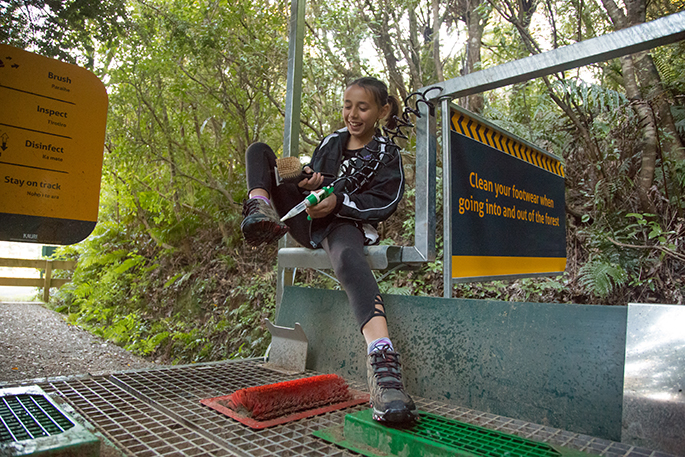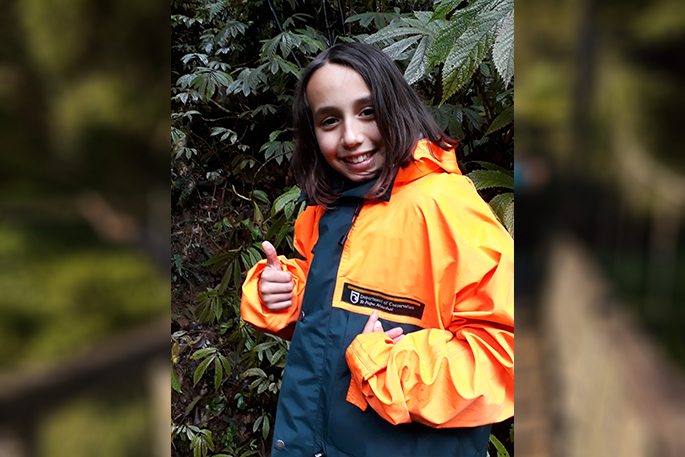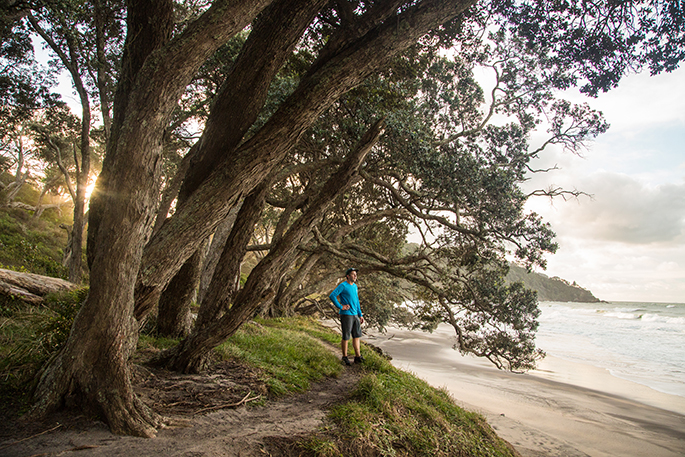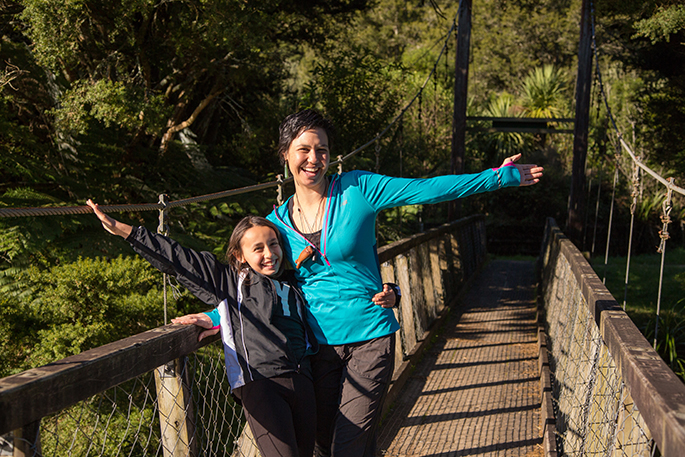I was first introduced to the idea of conservation when I was an 11-year-old student at Otumoetai Intermediate.
Our teacher Betty Bennett took our Form 1 class down the bank below the school to the boggy marsh area below and talked to us about what looked to me like a bit of swamp and hillside overgrown with trees and bush.
We all seized on the school's idea of creating a ‘Conservation Area', and I remember Sue Mackersey, Beryl Thomas and others in my class discussing and designing where the paths, plants and ponds would be. We learned names of native trees, native birds and spent many hours down there digging and planting. That experience has been one of those markers that I've taken into life, helping grow my understanding of caring for the environment around me.
I recently met Nataalia Lunson who is a community ranger for the Department of Conservation, based in Greerton. She has been introducing her daughter Mia to conservation and it's great to see that Mia has been volunteering to help DOC.

Mia Lunson cleaning her shoes at the kauri protection wash station at Tuahu Track -DOC Tauranga Crave Photography
Conservation Week, which runs this year from September 14-22, is a great opportunity to introduce our families to conserving, preserving and protecting our native plants and animals. Conservation Week was first introduced 50 years ago and is an annual event in NZ. Over the 50 years, amazing people have saved species, created marine reserves, restored habitats and inspired others to protect our native taonga or treasure.

Mia Lunson helping out DOC on a rainy day. Photo: Nataalia Lunson
Nataalia has made me aware that nature still needs us, with reportedly more than 4,000 species threatened or at risk. Preventing the spread of kauri dieback, surveying numbers of birds and learning to identify the mystery myrtle plant are some of the activities that she and the team at DOC have planned for our community to do during Conservation Week.
For those with spades and a bit of energy, DOC is providing on-the-job learning on Wednesday September 18, clearing tracks and walkways and lopping off overhanging branches.

The cryptic Matuku or Bittern camouflaging itself. Photo: Karl McCarthy
For me, I'm keen to learn to count the native Bittern, or Matuku, which is at a nationally critical status, with less than 1,000 left. They are very cryptic birds that blend into their surroundings, populations are highly fragmented and no large flocks are counted anywhere in the country. DOC will be teaching us how to recognise their booming call on Thursday September 19.
If you enjoy a good mystery, like I do, DOC will help us learn about Myrtle rust, a fungal disease that severely attacks plants in the myrtle family, including pohutukawa, manuka and rata. It is now in New Zealand. A member of the Myrtle family may be in my backyard! Let's learn together our native plants and meet the Myrtles! An expert Scion Research scientist will be walking through Johnson Reserve on Thursday September 19 explaining what to look for.
Check out the local events on the DOC website

Pohutakawa at Orokawa Bay. Photo: DOC Tauranga Crave Photography



1 comment
Great Stuff
Posted on 15-09-2019 21:18 | By Yadick
I first got a taste for conservation when somebody said to me, take nothing but photos leave nothing but footprints. That was 39yrs or so ago. You go MIA, good on you girl. Proud of you.
Leave a Comment
You must be logged in to make a comment.